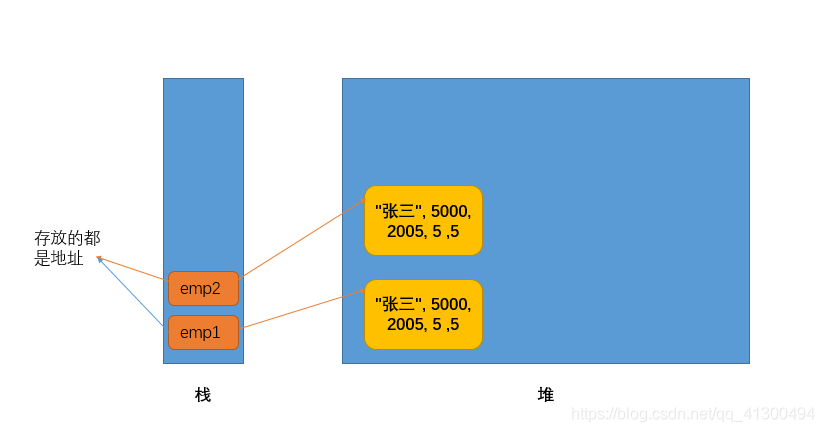Array initializer is not allowed here
The use of array is divided into declaration and initialization, which can be carried out simultaneously or separately
Int [] array; declaration
Array = New Int {element1, Element2, element3..}; initialization mode 1
Array = New Int [length]; initialization mode 2
There are two initialization methods for arrays
1、 Static initialization: the initial value of each array element is explicitly specified by the programmer during initialization;
arrayName = new type[]{element1,element2,element3…}
2、 Dynamic initialization: when initializing, the programmer specifies the length of the array, and the system initializes the default value of each array element.
arrayName = new type[length];
Note: do not use static initialization and dynamic initialization at the same time. In other words, do not specify the length of the array and divide each element of the array
The initial value is set.
Looking at the code today, we can see a simplified array initialization method, which belongs to the simplified version of static initialization, but there is something wrong with it
Int [] array = {1,2,3}; object [] obj = {}; this is OK
So I tried to write like this
Class member variables declare an array int [] elementdata, but it is not initialized;
Initialize it in the constructor, trying to write like this
Elementdata = {1,3,5}, so the above compilation error prompt appears
It seems that this simplified way of writing is not applicable here,
The use of arrays must be initialized
Suppose that elementdata = {1,3,5} does not generate new objects through new. Maybe the compiler thinks that it has been declared but not initialized
Therefore, it is recommended that the initialization is completed when the array is declared
Int [] elementdata = {1,3,5}; this is OK, declaration and assignment are done at the same time
